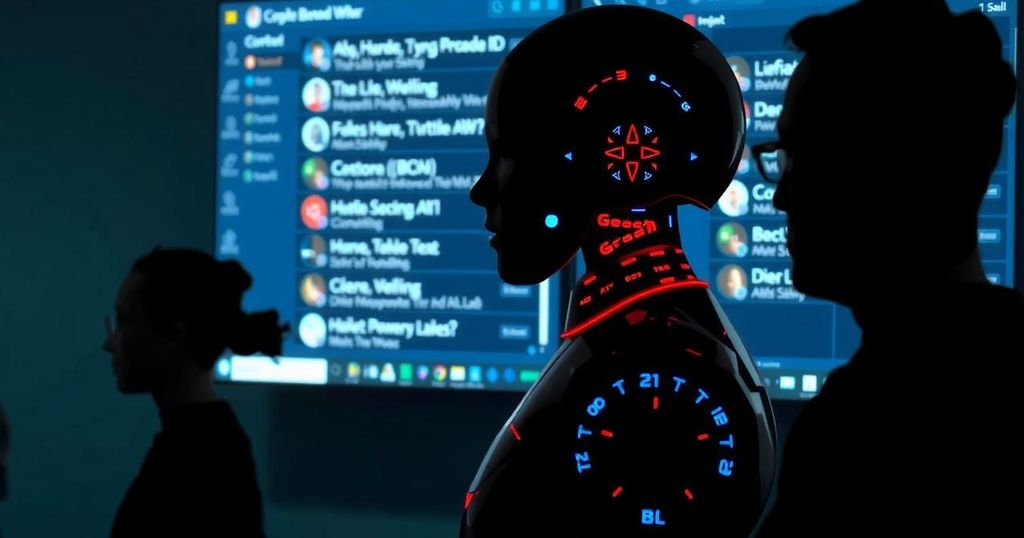Elon Musk’s Grok xAI chatbot exposes significant limitations in its operational framework, particularly evident in the viral spread of misleading, violent, and copyright-infringing images generated by its beta version, Grok-2. This development raises pressing concerns in the field of artificial intelligence. While executives at major corporations such as Google, Meta, and Microsoft have issued apologies for similar issues stemming from their AI systems, Musk’s approach appears to prioritize a notion of “free speech” over potentially harmful consequences, having made Grok readily accessible to all paying subscribers of the social media platform X.
The latest beta versions, Grok-2 and Grok-2 mini, were released by xAI for premium X subscribers. These versions feature generative AI capabilities based on a model called Flux, developed by the recently launched Black Forest Labs, which lacks the robust safety measures seen in competitor offerings. It seems that such minimal restrictions may have enticed Musk.
The broader implications of this situation are noteworthy. Most AI companies refrain from acknowledging that their models are trained on copyrighted material, yet the influx of viral images produced by Grok-2 raises questions about the ethical sourcing of its training data. Users have reportedly generated images featuring copyrighted characters, such as Mickey Mouse and the Simpsons, effortlessly placing them in inappropriate contexts.
Prominent legal experts, including Alejandra Caraballo from Harvard Law’s Cyberlaw Clinic, have criticized the Grok beta, labeling it as “one of the most reckless and irresponsible AI implementations I have ever seen.” In a provocative gesture, Musk himself shared threads containing Grok-generated images that violate copyright guidelines, including one featuring a representation of Harley Quinn under a dubious prompt.
While it appears that Grok has implemented some restrictions against generating nudity, investigations by reputable outlets such as The Guardian have shown that the system can produce sexualized images of public figures like Vice President Kamala Harris and Representative Alexandria Ocasio-Cortez when prompted appropriately. Additionally, Business Insider’s inquiries revealed that user prompts referencing criminal actions were not blocked by Grok, allowing for the creation of imagery related to serious illegal activities, including mass shootings, which an analyst was able to conduct under false pretenses of medical examination.
Musk has previously used incidents involving other AI systems to engage in cultural commentary, labeling problematic images as “anti-civilizational.” As the discourse surrounding AI accountability continues, it is imperative to recognize that there exists a multitude of readily available AI image generation tools capable of producing inappropriate content. Most AI developers have taken measures to restrict their models following public backlash; however, Musk’s current stance remains unabashedly focused on championing Grok as “the most fun AI in the world.”
As scrutiny around these practices intensifies, the anticipation of potential legal ramifications looms on the horizon, signaling a critical juncture for ethical AI development.
In summary, the ongoing developments surrounding Elon Musk’s Grok xAI chatbot highlight significant risks associated with generative AI technology, urging a call for greater accountability and regulatory oversight in the industry.
